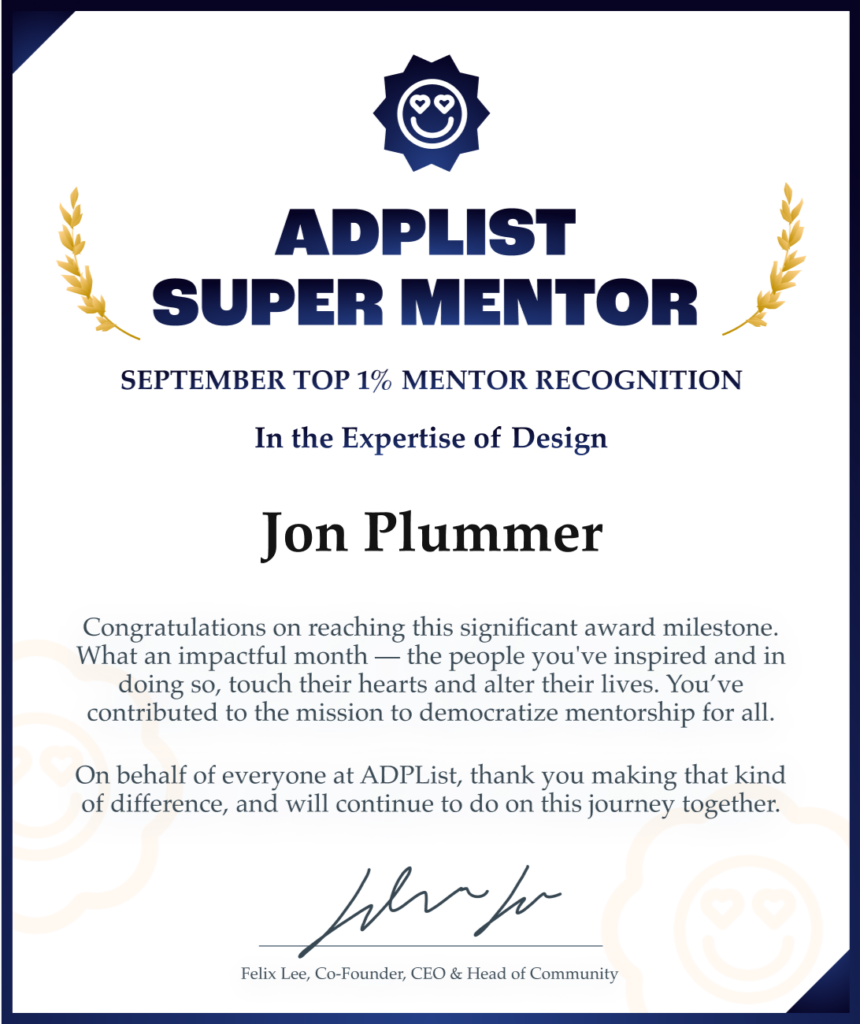Weekly wins for the week of 2023 10 09
The month of October signals the end of the third quarter in our funny misaligned fiscal year. That's useful, in part because I promised some things by the end of the quarter, and a little push is a good thing. So,
- That little push helped me make progress with revamping a set of moribund customer profiles, and the latest increment of that work is now out for review. Thanks, October!
- I got out and plugged in and noodled on my keyboard (nothing fancy, just an M-Audio KeyStation plugged into Garage Band), filling in little obligatoes to the usual evening Spotify soundtrack. Good fun, and long overdue.
- Fancy pictures (MRI) of my knee reveal what seems a relatively simple explanation for the oddball problems I've been having and have been slowly worsening over years. (Can I afford the remedy? TBD.)
